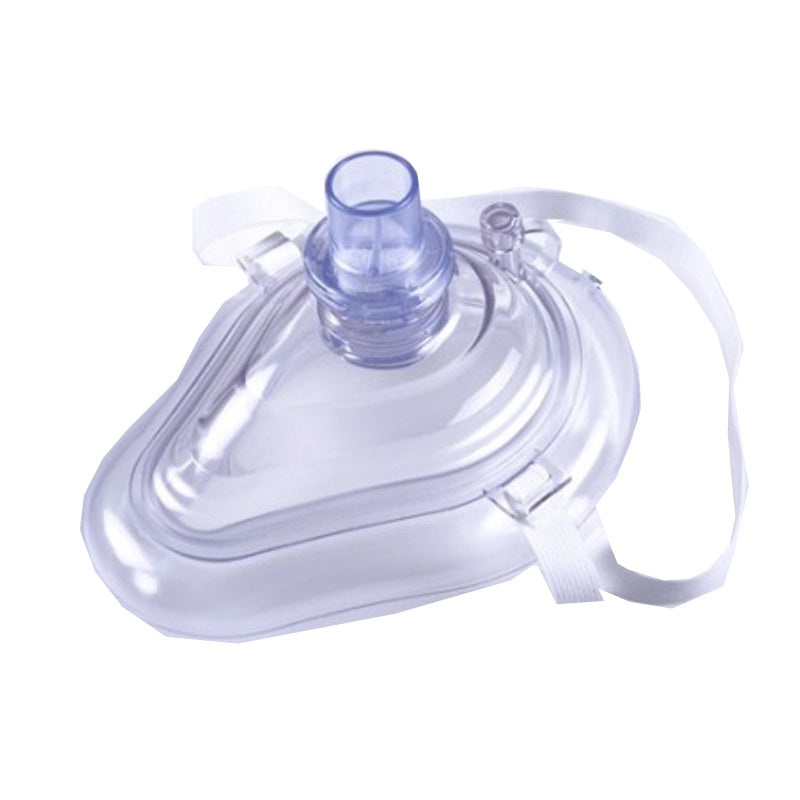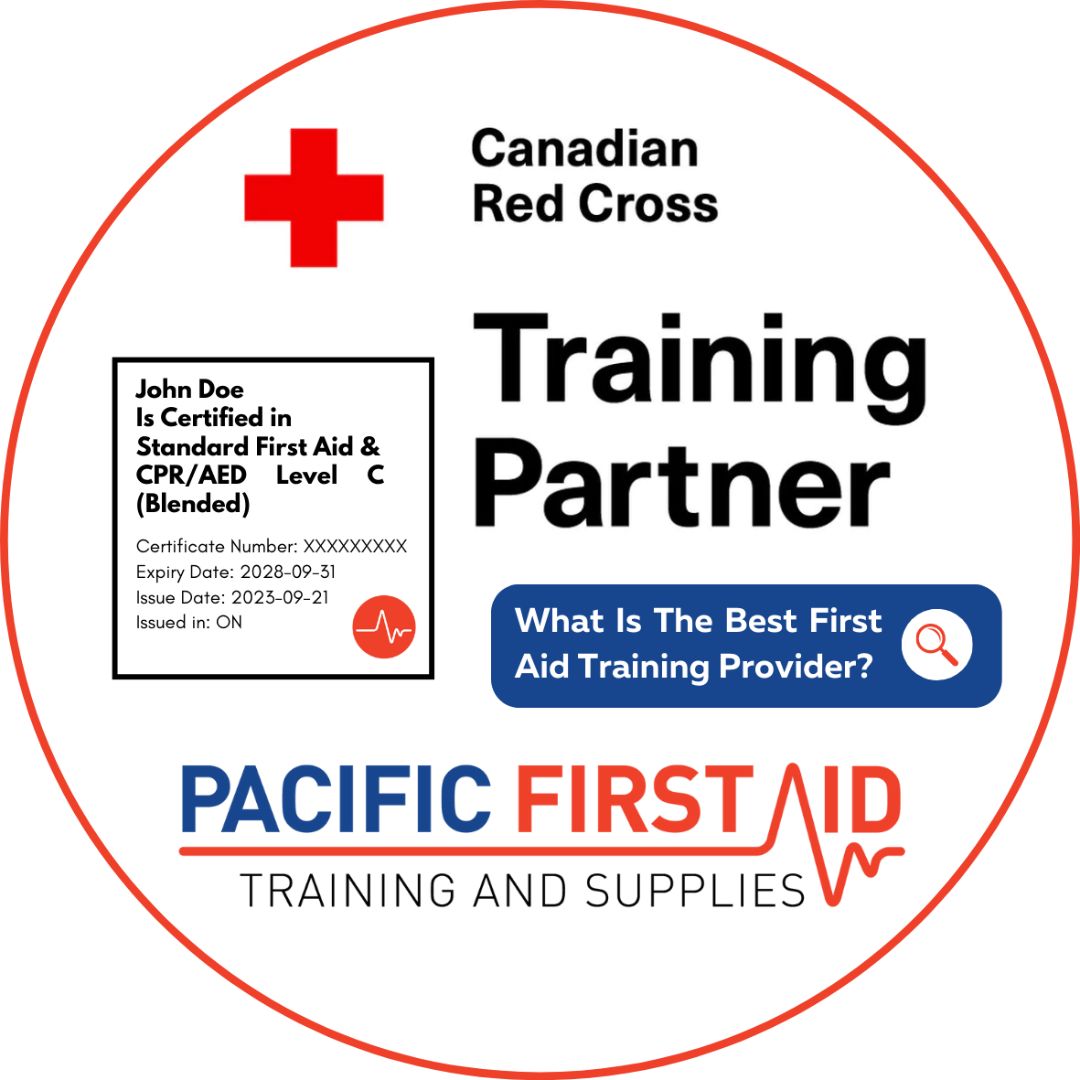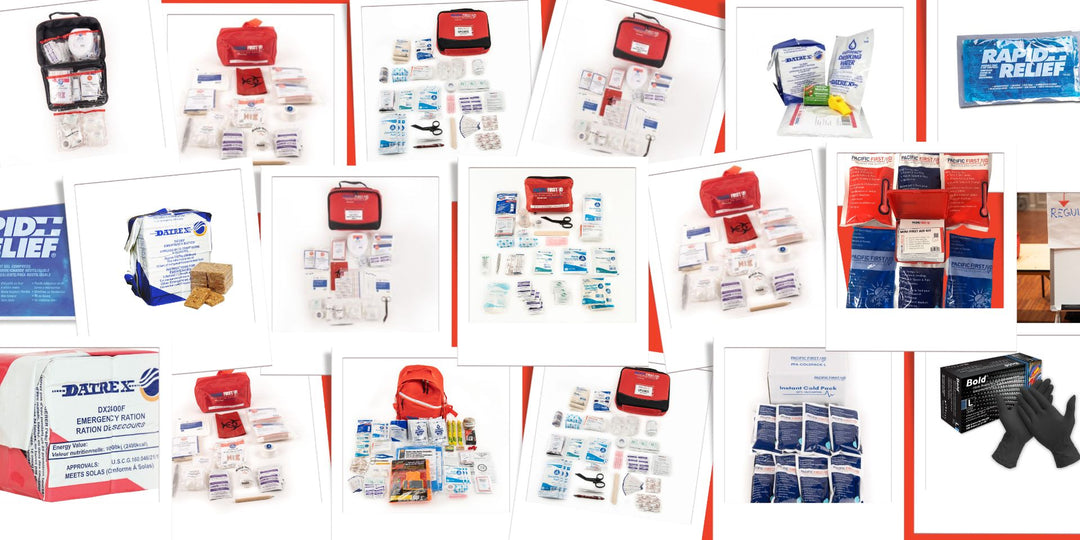
New technology fighting foodborne outbreaks
Photo Credit: Darko Djurin
Globalization and antibiotic resistance are new challenges in keeping consumers healthy, but new technology using whole genome sequencing (WGS) will help react to outbreaks more effectively. This is according to Brian Katzowitz from Centers for Disease Control and Prevention (CDC)’s Division of Foodborne, Waterborne, and Environmental Disease, who spoke to FoodIngredientsFirst about the importance of September being the national Food Safety Education Month.
“Foodborne outbreaks from contaminated fresh produce have been increasingly recognized in many parts of the world. This reflects a convergence of increasing consumption of fresh produce, changes in production and distribution, and a growing awareness of the problem on the part of public health officials,” explains Katzowitz.
Part of this is due to globalization, with the US now importing 15 percent of its food supply from over 200 countries or territories. This rate is even higher in certain categories, with a third of fresh vegetables, half of fresh fruits and 85 to 95 percent of seafood being imported. However, this means that a single point of contamination anywhere in the production chain can make people sick across the country – or even globally. This was seen with last year’s E. coli outbreak in Romaine lettuce that quickly spread throughout North America.
However, technological advancement may change the way that CDC’s PulseNet laboratory detects and responds to foodborne diseases. “The PulseNet laboratory network has recently transitioned from using a DNA fingerprinting technology that was used for the last 25 years and called pulsed-field gel electrophoresis. Now we will use WGS to detect and help solve outbreaks. Because of this, we are likely to detect more outbreaks and fix them faster thanks to the capability to more precisely define outbreaks across the reported illnesses,” Katzowitz highlights.
Earlier this year, the US Food and Drug Administration (FDA) also announced a new era of smarter food safety that will address several areas, including traceability, digital technologies and evolving food business models. This includes the GenomeTrakr Network, a new tool to facilitate foodborne outbreak investigations.
Small but critical actions
Simple actions such as consistent handwashing can help cut down rates of disease. Hands can become vectors that move potential pathogens found in raw meat and poultry around kitchens. In a recent USDA study, consumers did not attempt handwashing 74 percent of the time when it was required to prevent cross-contamination, and 99 percent of those attempts did not contain all steps of correct handwashing, highlighting the need for further education.
The CDC is encouraging consumers to improve their food hygiene habits.
“Based on our recent study, consumers’ implementation of handwashing before and during meal preparation has been relatively constant and needs improvement. However, the use of a food thermometer to check the doneness of poultry has increased in the two years of our observational study, which is encouraging,” adds Chris Bernstein, Director, Food Safety Education Staff, Food Safety and Inspection Service (FSIS), US Department of Agriculture (USDA).
Handwashing – along with other preventative steps like separating raw meat and chilling perishable foods correctly – will be increasingly important as antibiotic resistance becomes a more pressing concern. Salmonella and Campylobacter alone make over 400,000 Americans sick with antibiotic-resistant infections every year.
“Antibiotics are valuable tools for treating infections, but any antibiotic use – whether for people, animals, or crops – can lead to resistance. Humans can get sick from antibiotic-resistant bacteria or become colonized, which means that they carry the germs. This could occur when eating food that contains antibiotic-resistant bacteria and is not handled or cooked properly, or by coming into contact with animals carrying antibiotic-resistant bacteria,” explains Katzowitz.
Throughout this month, the CDC will continue to share information about food safety to encourage consumers to follow the following four steps:
Clean: Wash your hands, utensils, and surfaces often when you cook.
Separate: Raw meat, poultry, seafood, and eggs can spread germs. Separate them from cooked food and fresh produce.
Cook: Use a food thermometer to make sure foods are cooked to an internal temperature that kills germs.
Chill: Refrigerate perishable foods and leftovers within two hours. Chill within one hour if it is above 90°F.
The organization highlights that young children and adults over the age of 65 are especially vulnerable to foodborne illnesses, along with pregnant women and people with health problems or who take medicines that lower the body’s ability to fight germs and sickness. Each year, one in six US consumers gets sick from contaminated food, with 128,000 needing hospitalization and 3,000 dying.
Sourced From: Katherine Durrell - Food Ingredients first
For more first aid news, first aid courses, food safety news and food safety course sign up visit us at: Pacificfirstaid.ca






